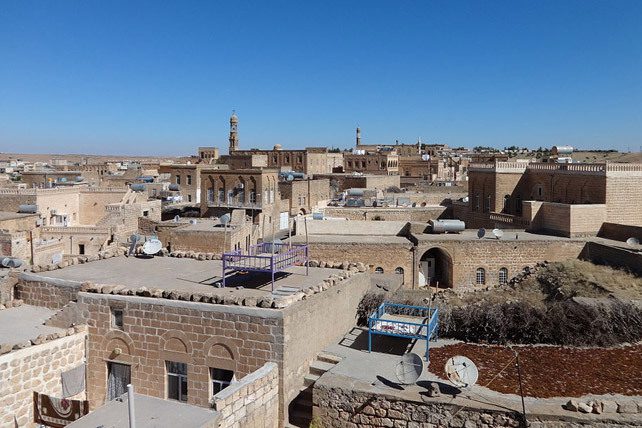Archaeologists are sharing news and photos of an exciting recent find: a massive 4-million-square-foot underground complex below a historic city in southeast Turkey. Researchers say the underground city, first discovered in 2020, likely served as a refuge for persecuted believers in the early Christian church.
The below-ground site, known as Matiate (“city of caves”), came to light when scientists were restoring houses above ground and found a hidden entrance to a cave. Although previous underground cities have been discovered, excavation chief Gani Tarkan calls Matiate “the only one [of its kind] in the world.”
Local residents had known about various caves, he says, but had no idea they were walking above such a massive subterranean city.
Underground City: What Makes It Unique
Though archaeologists have already found 49 chambers, they estimate that’s only five percent of the total Matiate complex. The space could hold up to 70,000 people at once, they say.
Artifacts such as coins, lamps, silos, and bones (both human and animal) helped scientists date the location to the second and third centuries A.D. They also found areas that appear to be designated for worship, including one hall that features a Star of David symbol on the wall.
People likely lived in Matiate until about the sixth century, scientists say. After that, the underground space served as a wine-manufacturing area as well as a catacomb.
Author Will Hunt tells Live Science it’s not uncommon for residents of modern-day Turkey to find holes in their land—or even inside their homes—that lead to extensive tunnels. “Some go down more than 10 levels and have space for tens of thousands of people. They are like upside-down castles,” he says. Heading underground to defend against attack by enemies is “practically instinctual,” he adds.
Underground City Predates Legalization of Christianity
Tarkan says Matiate “was first built as a hiding place or escape area.” Because “Christianity was not an official religion in the second century,” he says, “families and groups who accepted Christianity generally took shelter in underground cities to escape the persecution.”
Early Christians faced persecution from Romans and then Persians, and soldiers sometimes reported finding whole cities cleared of people. Christianity wasn’t legalized until 313 A.D., when Emperor Constantine issued the Edict of Milan. Before that, early Christians (most of whom were also Jews) had no legal protections when they refused to participate in widespread Roman pagan rituals.

